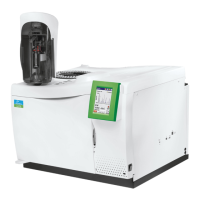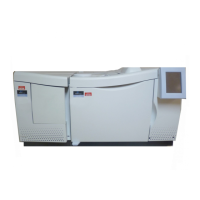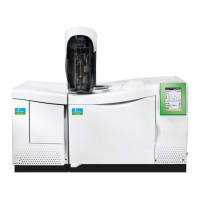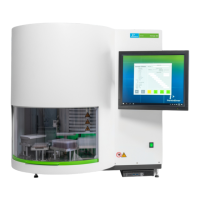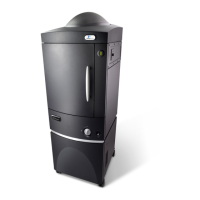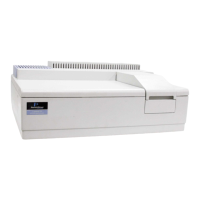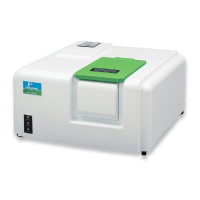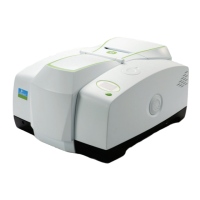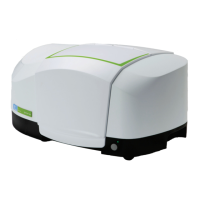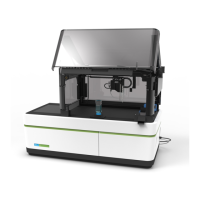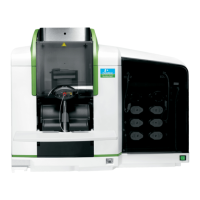Clarus 600/680 User’s Guide
4-89
Optimizing a Detector Signal to an Integrator for
Maximum Sample Dynamic Range
The Clarus GC contains improved electronics which significantly reduce amplifier
noise. This allows you to amplify the detector signal without getting a large
increase in the noise level. Therefore, it provides excellent minimal detection (signal
to noise) for all Clarus GC detectors. Amplification is set on the detector page in
the Atten field, the attenuation button, and entering an attenuation value from x1
(most signal) to x64 (least signal). The maximum signal produced by the Clarus GC
amplifier is 1 V. To achieve the best sensitivity and widest dynamic range, the
sample with the highest concentration must not exceed the 1-V signal.
When using a flame ionization detector (FID), if you operate at range x1 and
attenuation x64, and the signal saturates (exceeds 1 V), then use range x20 and
determine the appropriate attenuation value (from x64 to x1) that produces a
reasonable size peak. When using a nitrogen phosphorus detector (NPD), the same
will apply. When using an electron capture detector (ECD), the only range setting is
x1. To ensure that the signal does not exceed 1 V, you should run your most
concentrated sample at attenuation x64, then change the attenuation to produce a
reasonable size peak. When using a thermal conductivity detector (TCD) the range
or current setting also affects the output signal. Therefore, start at attenuation x64.
As long as the signal does not exceed 1 V, you can amplify the signal by changing
the attenuation.
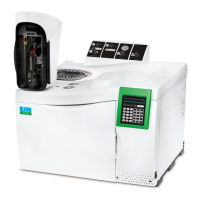
